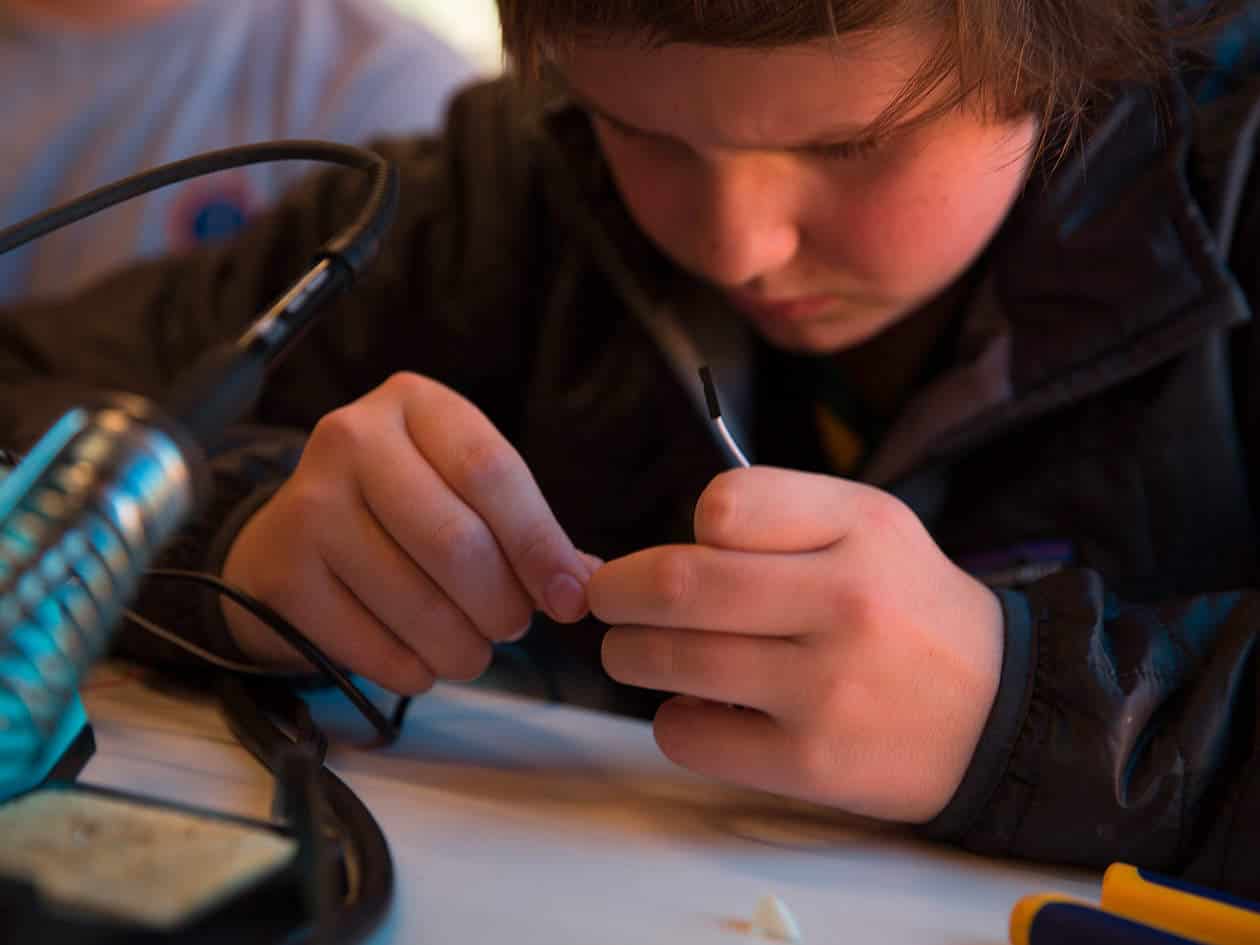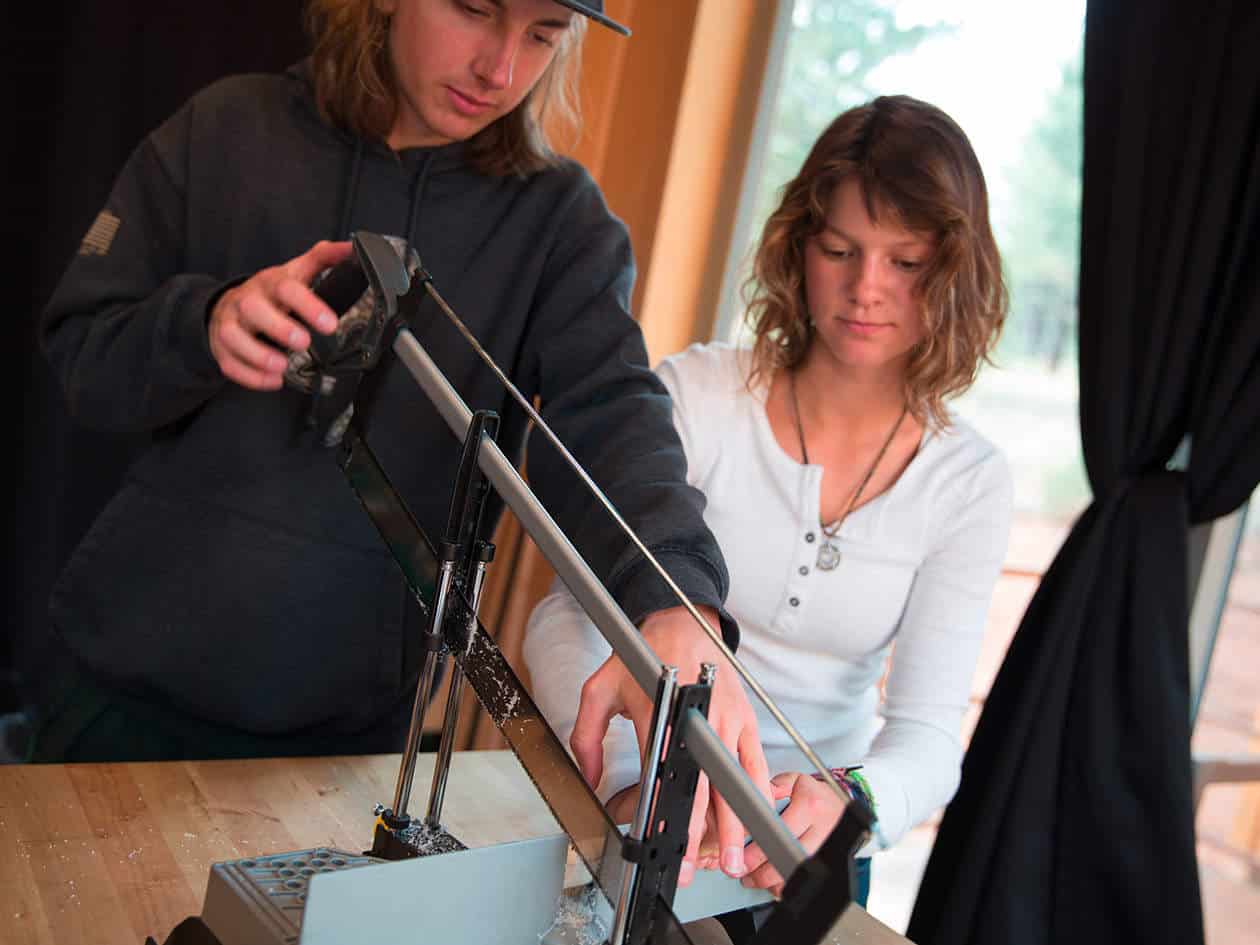Ocean Rover Project: Initial Underwater ROV Build Out
+Impact students will spend ten days designing and building a Remotely Operated Underwater Vehicle (ROV), collaborating with industry professionals at NASA / JPL and SpaceX, and field testing their work in the waters off the Santa Cruz Islands.
Our students are building a submarine. Granted it is a ROV (Remotely Operated Vehicle), but it’s still an awesome project. The build out is a component to the “Life Aquatic” +Impact Study. For this study, students work to design and build a fully functioning ROV. Utilizing micro-controllers and simple building materials, students will develop programming, design, and engineering skills. They then take their work into the field to collaborate with engineering and environmental science professionals as they field test their work and receive authentic feedback.
The Enduring Understandings for the field study include:
- How do we engineer for data collection?
- How can basic design and engineering principles inform and support our work?
The Essential Questions for the field study are:
- What data is useful in identifying the quality of a water source?
- When is a ROV an appropriate tool for data collection?
- How can the design process help us to solve complex problems in a systematic way?
- How we can we utilize feedback for product optimization?
- How does iterative design support/inform our process?
The Life Aquatic group was working on their ROV right up until the last minute before they departed for southern California. Once there the students will be kayaking, snorkeling, and climbing with their submersible ROV, as well as meeting with experts at the Jet Propulsion Lab. We look forward to sharing their stories upon their return.

